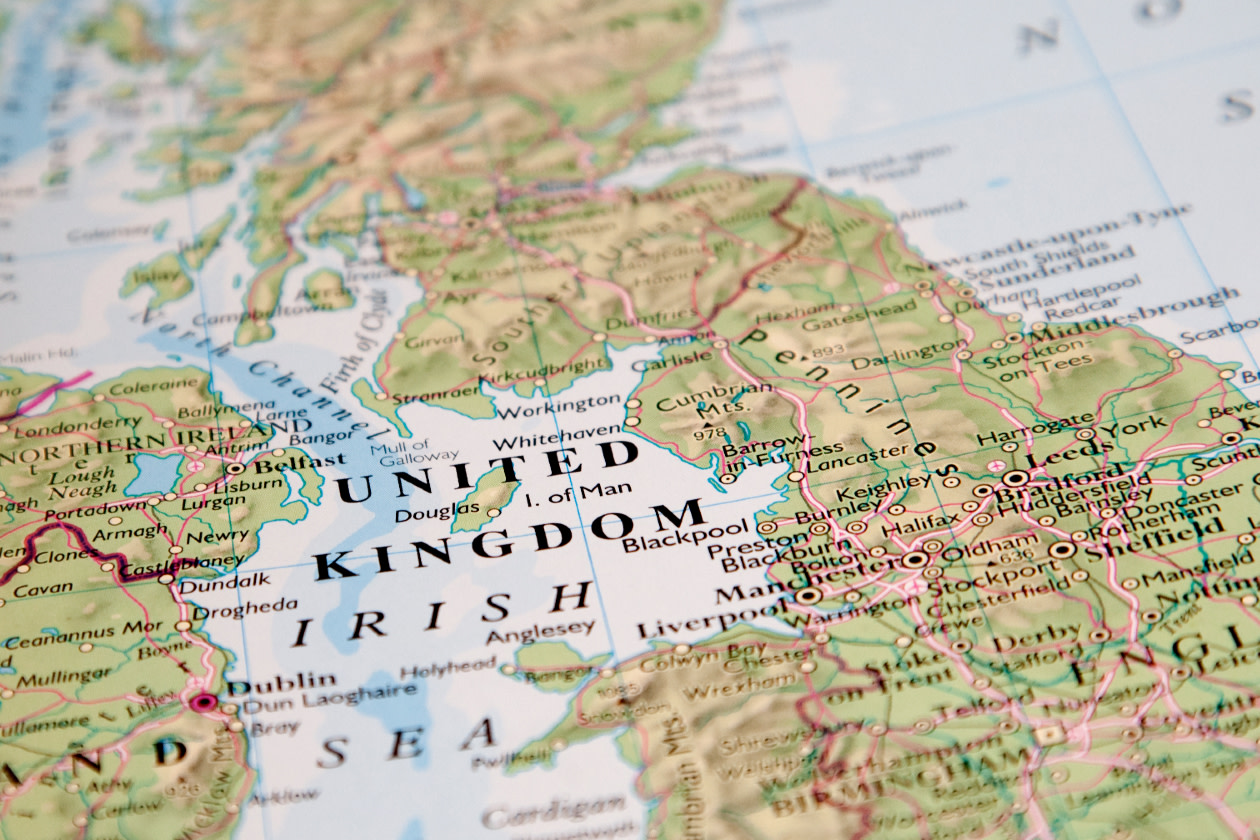There’s a growing gap in the UK savings market based on whether you live in the north or the south.
HL’s Savings and Resilience Barometer shows that, of the ten areas without enough rainy day savings, seven are up north. On the other side, eight of the top ten with enough savings are from the south.
So, how do we close the gap?
This article isn’t personal advice. If you’re not sure if an action is right for you, ask for advice.
What is the difference in savings between the north and south?
Overall, 35% of the UK population don’t have enough savings to cover any emergencies. This is normally defined as enough to cover three to six months of expenditure.
In Southern Scotland, this rises to 50%. It’s 49% in Merseyside, 44% in Tees Valley and Durham and 43% in South Yorkshire.
Comparing this to the South with Inner West London at only 16%, Outer West and Northwest London at 19% and Gloucestershire, Wiltshire and Bath/Bristol with 25%.
There’s even more behind the curtain too.
The amount squirreled away in your rainy-day savings isn’t the only factor affecting financial resilience – rent, children, marital status and income all play a part.
What’s affected savings pots?
Overall, the UK is more resilient than before the pandemic, with 65% having enough in their savings pot compared to 47% before the pandemic. With the lockdowns keeping us all inside, it gave more of us the chance to save rather than spend.
But post-pandemic, this hasn’t stopped single people living on their own falling short. 49% don’t have enough savings to be considered resilient. This is the high cost of the ‘singles tax’ and the difficulties of running a household on your own.

Having children takes a toll too. For couples with no children, only 21% fall short when it comes to emergency savings, but that rises to 34% among those with kids. Meanwhile, single people with children have it the hardest, and 74% don’t have enough savings to be resilient.
A major part of the problem is that in these areas, money is incredibly tight. In Southern Scotland, where gaps are biggest, the average household brings in £35,635, and has just £259 left at the end of the month. Meanwhile, in Merseyside they make £39,939 and have £264 at the end of the month.
Compare that to West London, where the gap is smallest, and the average household makes £63,599 and has £802 left at the end of the month.
What can savers do?
Its not all doom and gloom though, there are things we can do to bridge the gap.
Generally, people of working age should have cash to cover three to six months’ worth of essential expenses (one to three years if they’re retired) in an easy access savings account or Cash ISA. This is just a rough guide and will differ based on your circumstances.
This should cover any nasty surprises and is a cushion if you’re unable to work for a period. Even if you can only put away a small amount each month, you’ll be grateful for whatever you’ve managed to save if you’re hit by the unexpected.
But it does mean finding a little extra cash each month. The best way to do this is drawing up a budget of everything you have coming in, and everything you’re spending. Then you can work out what you can afford and what you can do without.
Where should you house your emergency savings pot?
Choosing the savings pot that will house your emergency savings is also important.
Leaving it in your big high street bank’s instant access account might sound sensible, but you could be losing out on higher interest rates elsewhere.
This is where Active Savings can help.
It offers some of great rates on the market from different banks and building societies through one easy-to-use online account.
You can switch between banking partners and find better rates all in one place, without spending lots of time shopping around yourself. It offers long and short-term fixed rates, as well as easy-access rates. But remember, your emergency savings should only be kept in easy access accounts so you can get to them when you need to.
For emergency savings pots, the best easy access product available through Active Savings right now pays 4.70/4.60% AER/Gross*. Easy access rates are variable, and withdrawals usually take one working day while high street banks offer instant access accounts which are same day. Bear in mind that rates can be added and withdrawn from Active Savings at any time.
And new Active Savings clients can currently get cashback. Terms apply.
AER stands for Annual Equivalent Rate and show what the rate would be if interest was paid and compounded once a year. It helps you compare the rates on different savings products.
Gross is the rate without any tax removed. Interest is paid gross. You are responsible for paying any tax due on interest that exceeds your Personal Savings Allowance to HM Revenue & Customs. Tax treatment can change
This website is issued by Hargreaves Lansdown Asset Management Limited (company number 1896481), which is authorised and regulated by the Financial Conduct Authority with firm reference 115248.
The Active Savings service is provided by Hargreaves Lansdown Savings Limited (company number 8355960). Hargreaves Lansdown Savings Limited is authorised and regulated by the Financial Conduct Authority (firm reference number 915119). Hargreaves Lansdown Savings Limited is authorised by the Financial Conduct Authority under the Electronic Money Regulations 2011 with firm reference 901007 for the issuing of electronic money.
Hargreaves Lansdown Asset Management Limited and Hargreaves Lansdown Savings Limited are subsidiaries of Hargreaves Lansdown plc (company number 2122142).



